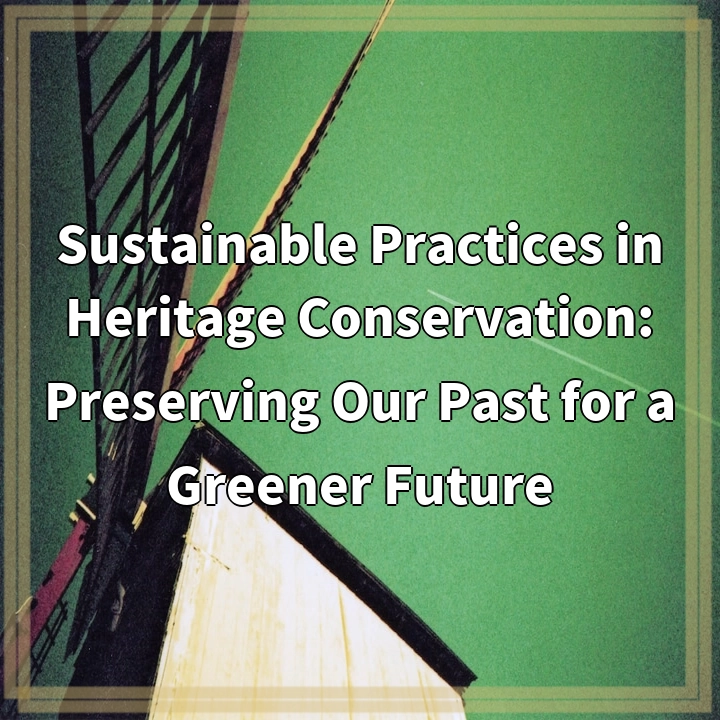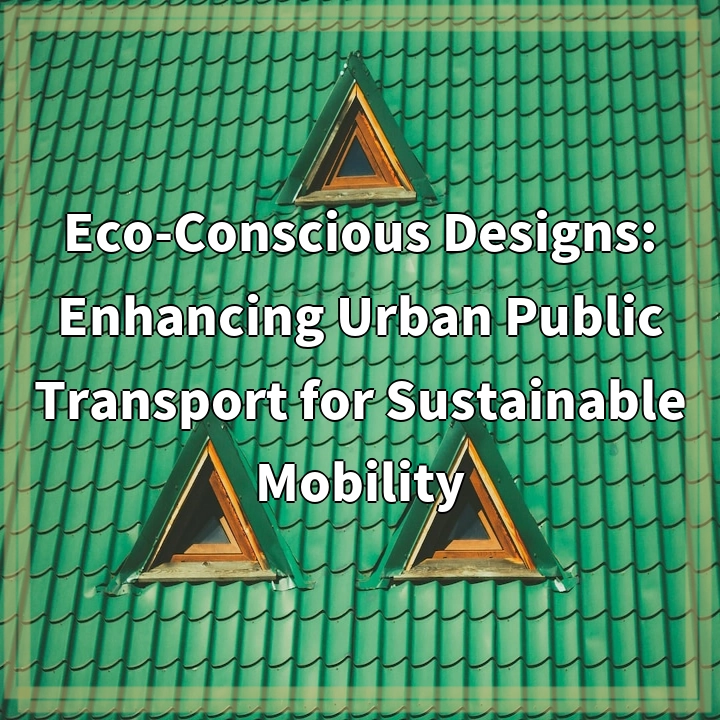
What is Sustainable Practices in Heritage Conservation?
Sustainable practices in heritage conservation refer to the methods and approaches employed to preserve and restore historic landmarks, buildings, and artifacts in an environmentally friendly and socially responsible manner. It involves balancing the need to protect and maintain cultural heritage with the goal of minimizing negative impacts on the environment and promoting sustainable development.
Real-World Problems Associated with Sustainable Practices in Heritage Conservation
While sustainable practices in heritage conservation offer numerous benefits, there are also several challenges and real-world problems that need to be addressed:
1. Climate Change and Natural Disasters
Climate change poses a significant threat to cultural heritage sites. Rising temperatures, extreme weather events, and sea-level rise can lead to increased erosion, flooding, and damage to historic structures and artifacts. Conservation efforts must consider these risks and implement measures to mitigate and adapt to the impacts of climate change.
2. Limited Resources and Funding
Heritage conservation projects often face limited financial resources and funding. This constraint can hinder the implementation of sustainable practices, as they may require additional investments and expertise. Finding innovative funding models and engaging with stakeholders and communities are crucial in overcoming these challenges.
3. Balancing Preservation and Development
Preserving heritage sites while accommodating the needs of modern development can be a complex challenge. Urbanization and infrastructure projects may conflict with the preservation of historic buildings and landscapes. Striking a balance between preserving cultural heritage and enabling sustainable development requires careful planning, collaboration, and innovative design approaches.
4. Public Awareness and Engagement
Creating public awareness and fostering community engagement are vital for the success of sustainable heritage conservation. Many heritage sites are owned or managed by local communities, and their active involvement is crucial in ensuring the long-term preservation and sustainable use of these sites. Education and outreach programs can play a significant role in raising awareness among locals and visitors about the value and importance of cultural heritage.
5. Conflicting Stakeholder Interests
Sustainable heritage conservation often requires collaboration among various stakeholders, including government agencies, heritage experts, community organizations, and private entities. Conflicting interests, differing priorities, and disagreements on preservation strategies can pose significant challenges. Building effective partnerships, fostering dialogue, and finding common ground are essential in overcoming these obstacles.
By addressing these real-world problems, sustainable practices in heritage conservation can play a crucial role in preserving our past for a greener and more sustainable future.

Solutions for Sustainable Practices in Heritage Conservation
To address the real-world problems associated with sustainable practices in heritage conservation, several solutions can be implemented:
1. Climate Change Resilience
Integrating climate change adaptation strategies into heritage conservation is crucial. This includes implementing measures such as improved site monitoring, risk assessments, and implementing climate-responsive design solutions to protect sites from the impacts of climate change.
2. Diverse Funding Sources
Exploring diverse funding sources, such as public-private partnerships, grants, and crowdfunding initiatives, can help overcome financial constraints. Collaboration with philanthropic organizations and heritage conservation trusts can also provide significant support.
3. Design Guidelines and Policies
Developing clear design guidelines and policies that balance preservation with sustainable development can ensure that new construction and urban planning projects consider the conservation of heritage sites. This can be achieved through the collaboration of heritage experts, local authorities, and planning departments.
4. Education and Community Involvement
Engaging and educating the public, local communities, and visitors about the value of heritage conservation is essential. This can be done through workshops, guided tours, educational campaigns, and involving communities in the decision-making process. By building a sense of ownership and pride, sustainable conservation practices can be embraced and continued.
5. Stakeholder Collaboration and Consensus Building
Creating platforms for meaningful stakeholder engagement and fostering dialogue between various groups with vested interests is key. This can be achieved by establishing heritage councils, conducting regular meetings, and involving all stakeholders in the decision-making process. Encouraging open communication and finding common ground can lead to more effective and sustainable conservation outcomes.
By implementing these solutions, sustainable practices in heritage conservation can be enhanced, allowing for the preservation of cultural heritage while promoting a greener and more sustainable future.















